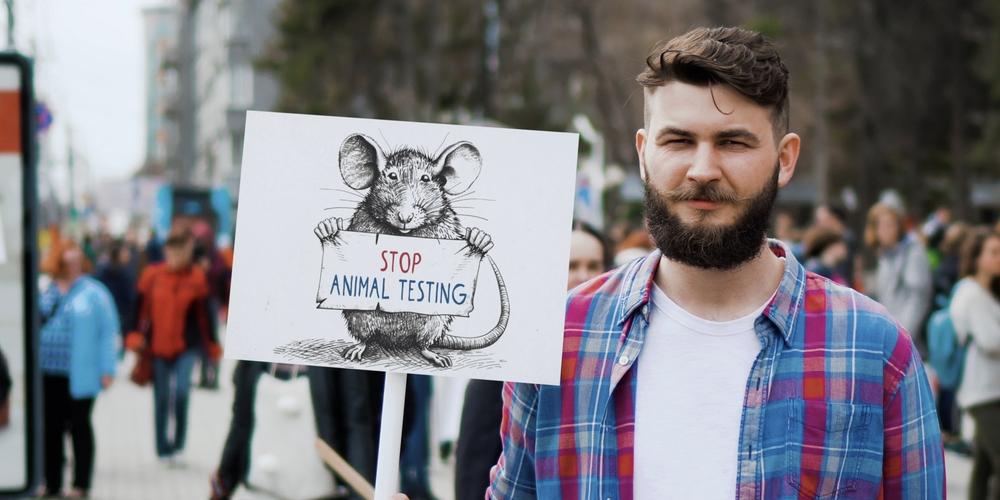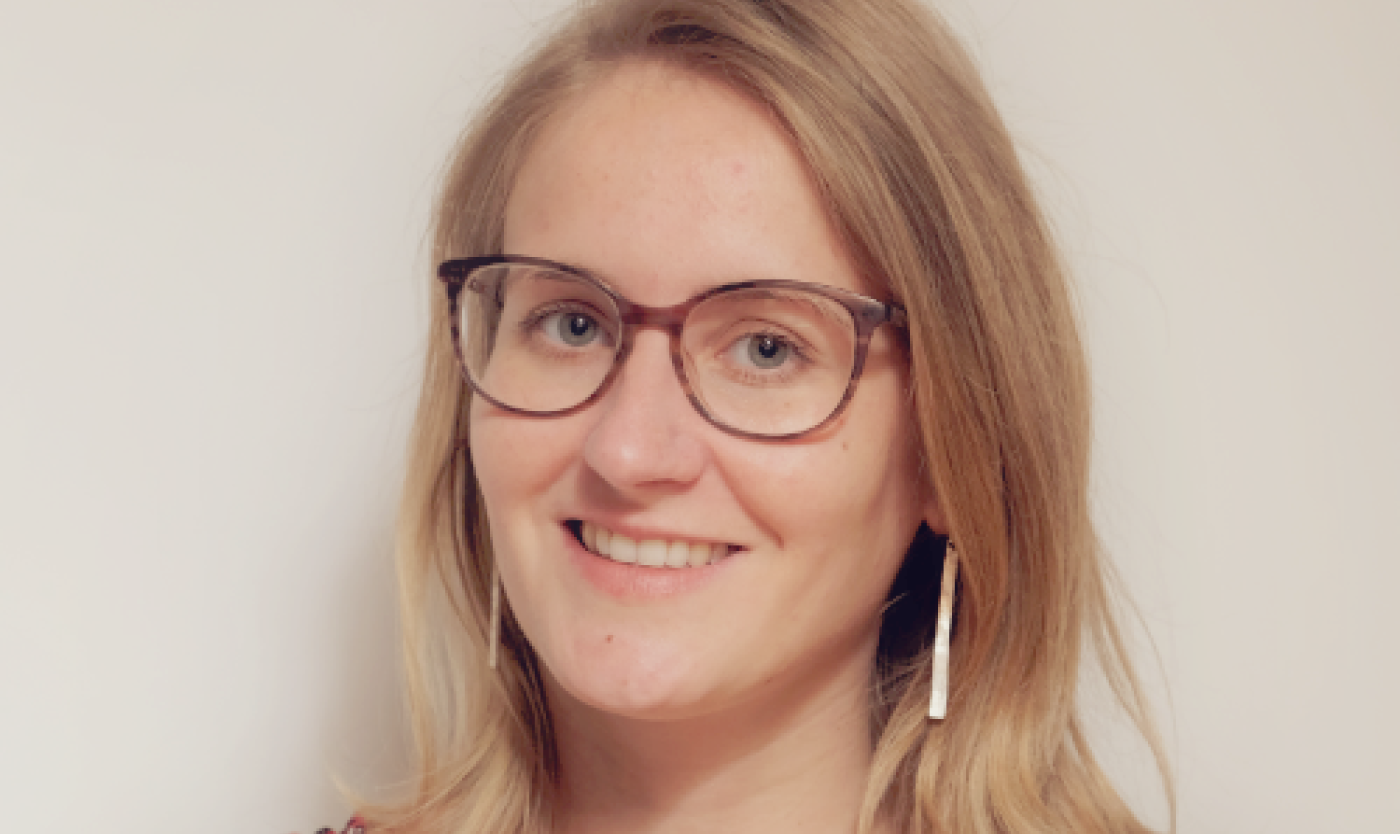
Biomedical scientist Mieke Van Mulders has been working on the RE-Place project since 2017, a collaborative research initiative between VUB (Vrije Universiteit Brussel) and Sciensano, alongside her colleague Maude Everaert. RE-Place provides an open-access database collecting all available expertise in Belgium on the use of alternative methods to animal testing. Mieke is also an active member of the Flemish and Brussels Animal Testing Commissions.
“When alternative methods without the use of animals are not feasible, animal testing is employed. This can be for various purposes, whether at an academic level for research and development, or for the development of medicines and vaccines. However, bear in mind that certain sectors have legally required tests. For example, when new chemicals or pesticides are introduced to the market, these products must be proven safe for consumers and the environment. When animal testing is necessary, the 3Rs Principle—‘Replacement, Reduction, and Refinement’—is applied wherever possible. Are alternatives available? Can the number of animals be reduced without losing meaningful statistical impact? And how can we improve animal welfare as much as possible? Animal testing is not taken lightly. There are numerous rules and strict procedures in place, and everything is closely monitored by the government. At VUB, an Animal Welfare Body and an Ethical Commission for Animal Testing oversee and support our scientists in these efforts.”

Which animals are involved? “At academic institutions like VUB, rodents such as mice and rats are primarily used. In the industry, some drugs are tested on other species, like dogs. In cardiovascular research, pigs are often used because their blood vessels are anatomically similar to humans. And in the field of ecotoxicology, zebrafish are frequently employed.”
"In Europe and at VUB, a lot of research is being done to reduce and replace animal testing"
Science, meanwhile, continues to progress. Recently, VUB toxicology professor Mathieu Vinken received an award for his work using AI to reduce animal testing.
“We all hope that this advancement will lead to a reduction in the number of animals used. Prof. Vinken from the IVTD research group (In Vitro Toxicology and Dermato-Cosmetology) recently launched a new project, VICT3R, where control groups of animals are replaced with virtual control groups. This uses AI, drawing on historical data, so no new animal testing is required.
At VUB, animal testing is also conducted for drug development or to understand how certain diseases emerge or progress. In fields like oncology, immune diseases, diabetes, or neurological disorders such as Parkinson's or Alzheimer's, you can't yet fully substitute animal testing with AI or in-vitro methods (In-vitro: research conducted on cells outside of the human body, ed.). These are highly complex processes that cannot be easily replaced one-to-one; a combination of different methods and techniques is required. In this area, Europe and VUB are conducting substantial research to determine what is needed to reduce or replace animal testing. For simpler issues, such as local toxicity—like eye or skin irritation—one-to-one replacement techniques are available. Instead of an animal, you can use artificial skin or eyes derived from slaughterhouse waste. Other alternative methods commonly used include stem cell and tissue cultures, which are developed into 2D and/or 3D models. Our IVTD research group, for instance, works on the development and validation of human-relevant in-vitro liver models. We study the molecular mechanisms of liver damage caused by medicines, chemicals, or diseases and work on developing therapies for these toxicities and conditions.”
Can we ever do without animal testing? “Unfortunately, at this moment, we can’t. The problem is that if we stopped animal testing today, we would no longer be able to ensure public health, and no new medicines or vaccines could be brought to market. For example, the safety of the COVID vaccine was tested on animals before it was released to the public. Don’t forget that a lot of research is also done for veterinary medicine. If we want a treatment for avian flu, the best model for that is a bird itself. If your dog has diabetes, you’d want medication to be available. Animal testing is also used for environmental protection. Consider the chemicals and pesticides that end up in our environment. But there is a strong push from society to end animal testing, and a lot of work is being done in this area, including by VUB.”*
* "This is a machine translation. We apologize for any inaccuracies."